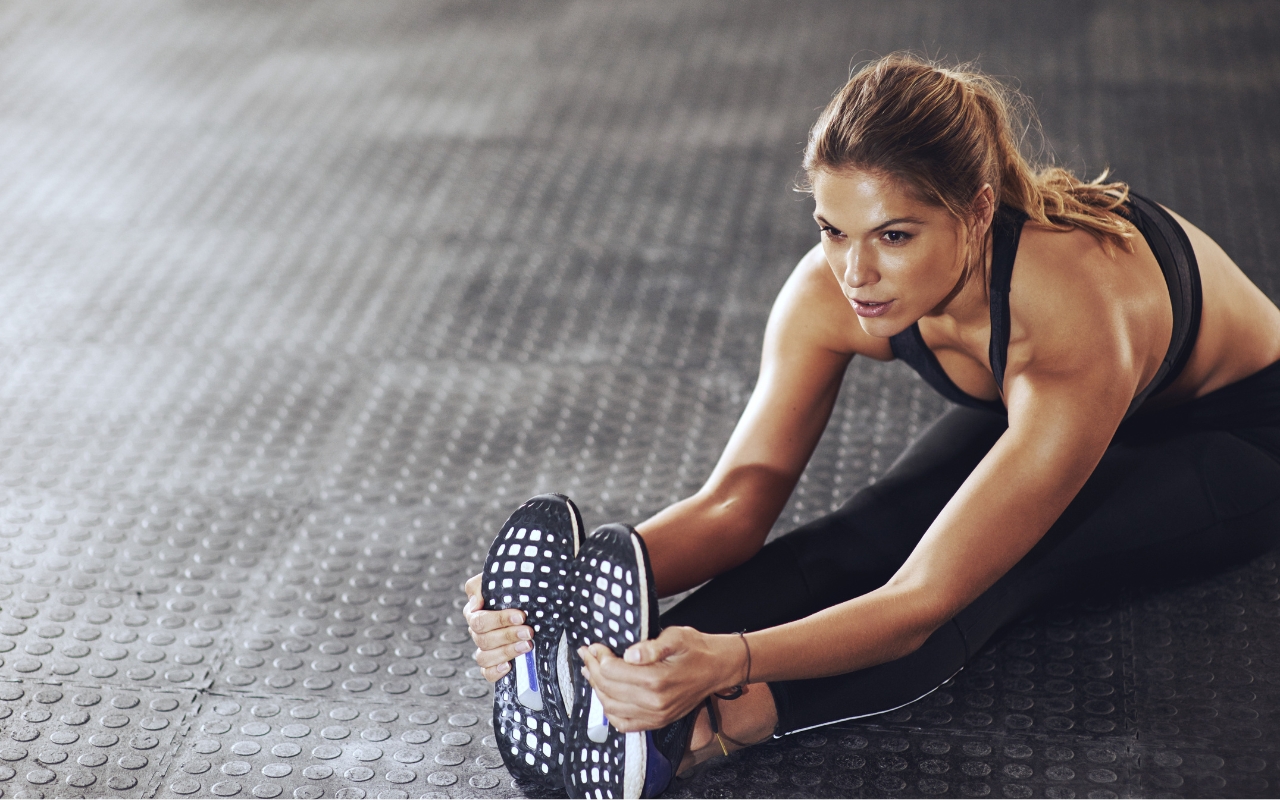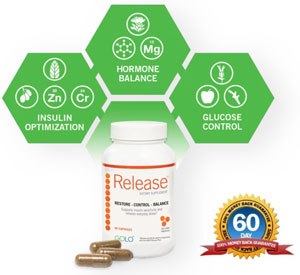Fitness
How can I improve my flexibility?
Published
2 years agoon
By
mbkteam
Flexibility is often an overlooked aspect of fitness, yet it plays a crucial role in our overall health and well-being. Whether you are an athlete looking to improve performance, an office worker seeking relief from sedentary habits, or someone curious about enhancing their physical capabilities, flexibility exercises can benefit significantly. This article dives deep into the world of flexibility, offering practical exercises, scientific insights, and expert tips to help unlock your body's full potential.
Stretching and flexibility have frequently been relegated to the sidelines of fitness regimes, overshadowed by pursuits like strength training and cardio. However, the significance of flexibility stretches far beyond mere bendiness. It involves improving the range of motion of muscles and joints, thus enabling a smoother and more efficient movement. Enhanced flexibility can reduce muscle tension, increase relaxation, and prevent injuries.
Let’s embark on this journey to understand the importance of flexibility, discover practical exercises, and learn how to integrate stretching into your daily routine for maximum benefit.
Flexibility is essential for various reasons, from enhancing athletic performance to reducing the risk of injuries. Maintaining a flexible body allows for better posture, decreased muscle soreness, and a greater sense of physical relaxation. It can also significantly contribute to mental well-being by lowering stress levels and promoting a sense of overall calmness.
Research indicates that when performed correctly, flexibility exercises can improve muscle function and joint health. According to the Mayo Clinic, stretching may help improve range of motion and decrease the risk of injuries, making it an integral part of any fitness regimen.
Effective Flexibility Exercises
Incorporating flexibility exercises into your routine doesn’t require fancy equipment or extensive time commitments. Below are some of the most effective stretches and movements that can help enhance your flexibility:
1. Cat-Cow Stretch
This classic yoga pose is excellent for spine flexibility and all-around tension relief. Begin on all fours with your hands directly under your shoulders and knees under your hips. Arch your spine as you inhale, lifting your gaze and tailbone—this is the cow pose. On the exhale, round your spine, tucking your chin and pelvis inward—this is the cat pose. Repeat this sequence for 3 to 5 breaths.
2. Airplane Exercise
Lie face down with your legs straight and arms at your sides. As you inhale, lift your chest, arms, and legs off the ground. Hold for a few moments before lowering back down. This exercise strengthens and stretches the back muscles, improving posture and flexibility.
3. Fallen Triangle
Start in a high plank position, ensuring a straight body and tight core. Bring your right knee toward your chest, then extend your right foot outside your left hand, balancing on the edge of the foot. Lift your left hand toward the ceiling while rotating your torso. Hold for a breath and return to the plank. Repeat on the other side for a balanced stretch.
4. Lizard Pose
Extend your left leg straight back from a low lunge with your right foot outside your right hand. Lower onto your forearms while keeping your spine long and core engaged. Hold this position for 5 to 8 deep breaths, allowing your hips to open with each exhale. This pose is particularly beneficial for hip flexibility.
5. Wide Fold
Stand with your feet wider than shoulder-width apart. Hinge at your hips to bring your torso forward and allow your head to relax. Shift your weight slightly towards the balls of your feet to enhance the stretch along the backs of your legs. Hold for a few breaths before slowly rising back up.
6. Puppy Pose
Begin in a child’s pose, with your buttocks resting on your heels, forehead on the floor, and arms extended. Slowly walk your hands forward, lifting your hips away from your heels and extending your arms until your chest touches the ground. This exercise stretches the spine and shoulders, promoting relaxation and flexibility.
7. Interlaced Forward Fold
Stand with your feet hip-distance apart and interlace your hands behind your back. Lift your fists away from your body, hinging at the hips to fold your torso over your legs and stretch your arms overhead. This movement enhances flexibility in the shoulders and hamstrings, and it feels incredibly relieving after sitting for long periods.
8. Wide Straddle
Sit with your legs as wide as possible and extend straight out. Keep your spine long and shoulders relaxed as you walk your hands forward, placing your forearms on the floor. Bow your head down and breathe deeply, holding for several breaths to stretch the inner thighs, hamstrings, and back.
9. Side Bends
Stand with your feet hip-width apart. Reach your right arm overhead and bend to the left, feeling a stretch along your right side. Hold for a few breaths before switching sides. This simple movement stretches the obliques and the intercostal muscles between the ribs, promoting better side flexibility.
Tips for Effective Stretching
Warm Up
Never stretch muscles when they are cold, as this is more likely to cause injury. Before you begin your stretching routine, engage in light dynamic movements such as jumping jacks, high knees, or a brisk walk to get your blood flowing.
Incorporate Breathing
Breathing deeply while stretching can significantly enhance the exercise's effectiveness. Inhaling deeply promotes relaxation, while exhaling allows you to deepen the stretch safely. Focus on a steady breathing pattern to maximize flexibility gains.
Avoid Bouncing
Bouncing while stretching, known as ballistic stretching, can cause muscles to tighten, leading to potential injuries. Instead, opt for static stretching, where you hold each position for several breaths, allowing your muscles to adapt to the new length.
Be Consistent
Flexibility doesn't improve overnight. Consistent practice is key. Aim to incorporate some form of stretching into your daily routine, even if it's just for 10-20 minutes. Over time, these efforts will lead to significant improvements.
Use Props if Necessary
Don’t hesitate to use props like yoga blocks, straps, or cushions if specific stretches are too challenging. These tools can help you maintain proper form and avoid straining, allowing you to stretch safely and effectively.
Listen to Your Body
It’s crucial to pay attention to your body’s signals while stretching. You should feel a gentle pull in the muscle, but not pain. If you experience sharp or intense pain, ease off the stretch immediately.
The Science Behind Stretching and Flexibility
Flexibility is primarily determined by muscle elasticity and joint structure. When you stretch a muscle, you are essentially lengthening the muscle fibers and the connective tissues around them. Over time, regular stretching can lead to increased muscle length and improved range of motion in the joints.
According to a detailed discussion by Mayo Clinic experts, stretching can also enhance blood flow to the muscles, which may help improve recovery and reduce muscle soreness. This increased blood flow ensures that muscles receive more oxygen and nutrients, promoting better overall muscle health. Learn more about stretching and flexibility from the Mayo Clinic.
The Role of Fascia
Fascia is a thin layer of connective tissue that covers and holds every organ, blood vessel, bone, nerve fiber, and muscle in place. Think of it as a cling film around your muscles. When the fascia gets tight, it can limit muscle movement, leading to stiffness and reduced flexibility. Regular stretching helps keep the fascia pliable, contributing to overall better flexibility. Techniques like foam rolling or using a spiky massage ball can also release fascia, providing deeper muscle relaxation.
Psychological Benefits
Stretching offers physical benefits and significantly impacts mental health. Mindful stretching, such as yoga, incorporates deep breathing and focused movements that can reduce stress, promote relaxation, and improve mental clarity. An optimistic approach to achieving flexibility can foster patience, persistence, and a positive mindset, both in fitness-related and everyday activities.
Integrating Flexibility into Daily Life
Morning Stretch Routine
Starting your day with a morning stretch routine can invigorate your body and mind. Simple movements like shoulder rolls, neck stretches, and gentle twists can awaken your muscles and set a positive tone for the day. Spending ten minutes stretching in the morning can enhance your alertness and productivity.
Work Breaks
For those with desk jobs, incorporating stretching breaks can counteract the effects of prolonged sitting. Simple stretches like seated spinal twists, neck stretches, and wrist flexor stretches can alleviate tension and prevent the stiffness associated with extended computer use. Aim to take 5 minutes break every hour.
Evening Wind Down
Ending your day with a relaxing stretching session can prepare your body for a restful night’s sleep. Focus on gentle stretches such as forward folds, seated stretches, and gentle twists to release the tension built up during the day. Stretching in a warm environment, like after a hot bath, can enhance relaxation and flexibility.
Include Physical Activities
Activities like yoga, tai chi, and pilates improve flexibility. These disciplines focus on stretching, strength, balance, and mindful breathing. Regular participation in such activities can significantly enhance one's range of motion and physical well-being.
Massage Therapy
Incorporating massage therapy into your routine can further enhance your flexibility efforts. Professional massages can help release muscle tightness, reduce lactic acid build-up, and improve overall muscle function. Check out this professional dancer’s tips for more insights on maintaining flexibility.
Conclusion
Flexibility is a vital component of overall fitness and well-being. Incorporating regular stretching exercises into your routine can lead to numerous physical and mental health benefits. The advantages of a flexible body are vast, from improving the range of motion and reducing the risk of injuries to promoting relaxation and reducing stress.
Commit to a consistent routine, listen to your body, and enjoy becoming more flexible. Whether through targeted exercises, mindful breathing, or integrating stretching breaks into your day, each effort contributes to a healthier, more agile you. Remember, the journey to flexibility is a gradual process. Still, with perseverance and the right approach, you can unlock your body's full potential and enjoy a life of movement and wellness.













